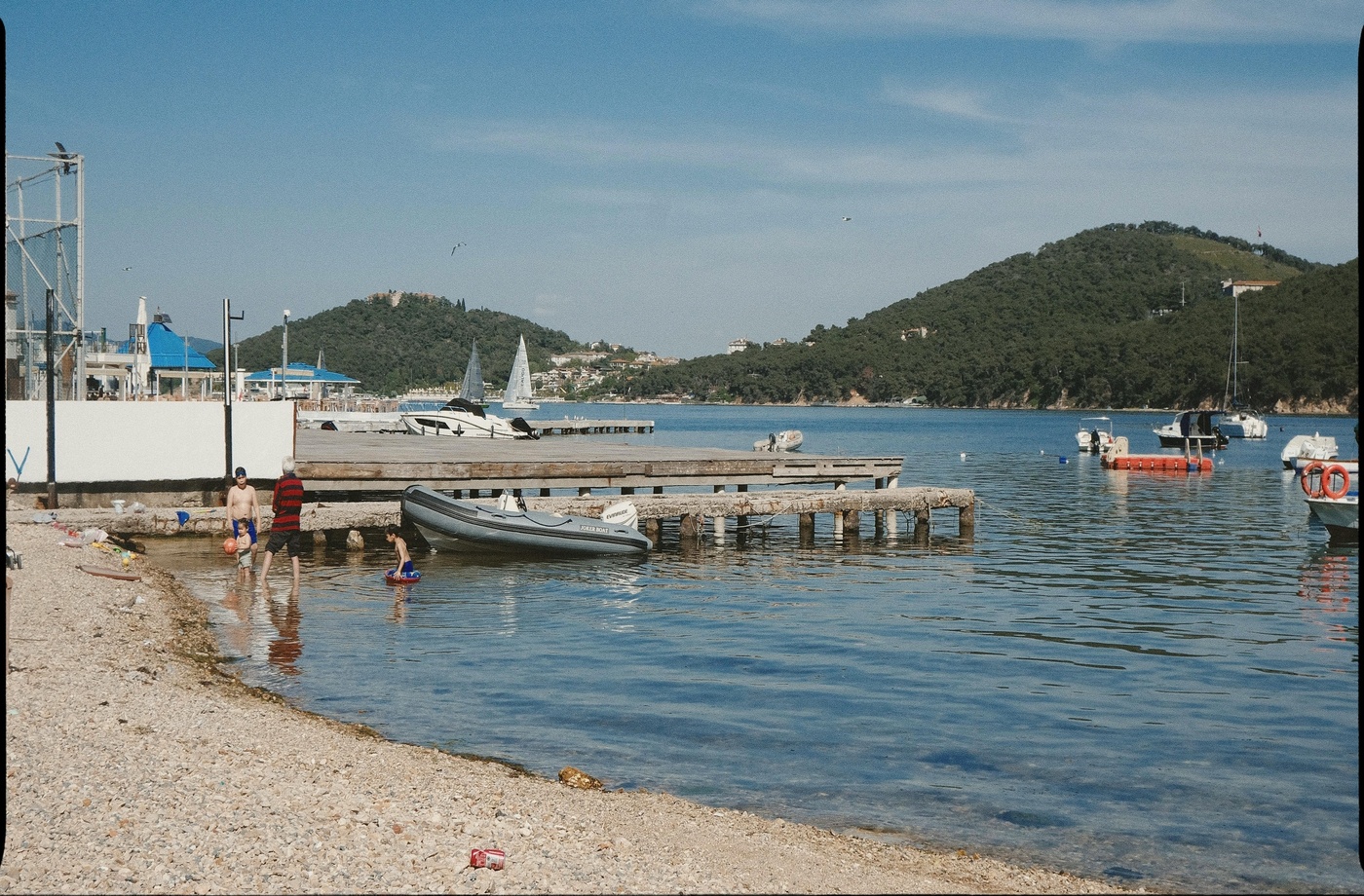Budgeting for Vacation: A Step-by-Step Travel Planning Guide
Planning a coastal getaway doesn’t have to drain your wallet. Whether you’re mapping out a romantic escape or a family beach trip, starting with a solid vacation budget sets the tone for a stress-free and affordable experience. This step-by-step guide helps you build a travel budget that works—without compromising on fun, comfort, or convenience.
Step 1: Choose Your Destination and Dates Wisely
Your destination and travel dates play a major role in your overall costs. Off-season or shoulder-season travel (like spring or early fall) can significantly reduce prices for flights, hotels, and activities. Compare destinations using tools like Kayak Explore to find locations that align with your budget.
Step 2: Break Down the Major Expense Categories
A complete travel budget should account for the following categories:
- Transportation – flights, rental car, gas, parking, tolls
- Accommodation – hotels, vacation rentals, taxes, resort fees
- Food & Drinks – restaurants, groceries, tips, snacks
- Activities & Excursions – tours, entrance fees, rentals
- Miscellaneous – souvenirs, sunscreen, emergency cash
- Travel Insurance – optional but recommended
Estimate costs for each and leave some wiggle room for unplanned expenses.
Step 3: Research and Compare Prices
Use platforms like Expedia, Booking.com, and Skyscanner to find competitive rates for flights and lodging. Save even more by checking Airbnb for long-stay discounts or family-sized rentals.
For real-time price alerts, set up notifications using Hopper or Google Flights.
Step 4: Leverage Cashback and Gift Cards for Added Savings
Apps like Rakuten, Ibotta, and Fluz allow you to earn cashback on travel bookings, meals, and more. For example, you can buy an Airbnb gift card with cashback or get savings on rides with Uber gift cards from Fluz.
These platforms are a smart way to reduce expenses you’re already planning to make.
Step 5: Set a Daily Spending Limit
Once you’ve calculated your total trip budget, divide it by the number of travel days to set a reasonable daily allowance. This helps you stay on track and avoid overspending mid-trip. Include a separate buffer for one-time experiences, like a romantic sunset cruise or a beachside dinner.
Step 6: Use Budgeting Apps to Track Spending
Budgeting doesn’t stop once your trip starts. Use tools like Trail Wallet (iOS), TravelSpend, or Mint to log expenses as you go. These apps let you set daily limits, categorize spending, and stay accountable on the road.
Step 7: Review and Adjust for Next Time
After your vacation, take 10 minutes to review your actual vs. planned spending. This helps fine-tune your approach for the next trip and reveals where you may be able to save even more—whether it’s booking earlier, using more cashback apps, or choosing off-the-beaten-path destinations.
Final Thought
A clear, flexible travel budget turns vacation planning from stressful to empowering. By leveraging discounts, cashback tools, and smart planning habits, you can enjoy your time on the coast without worrying about the bill.



